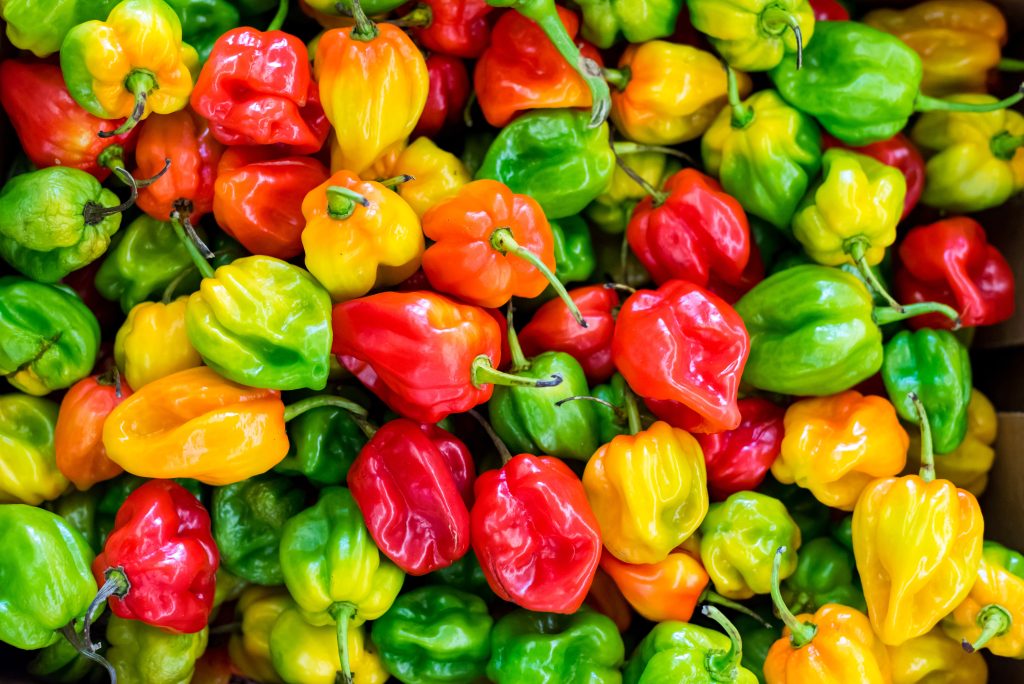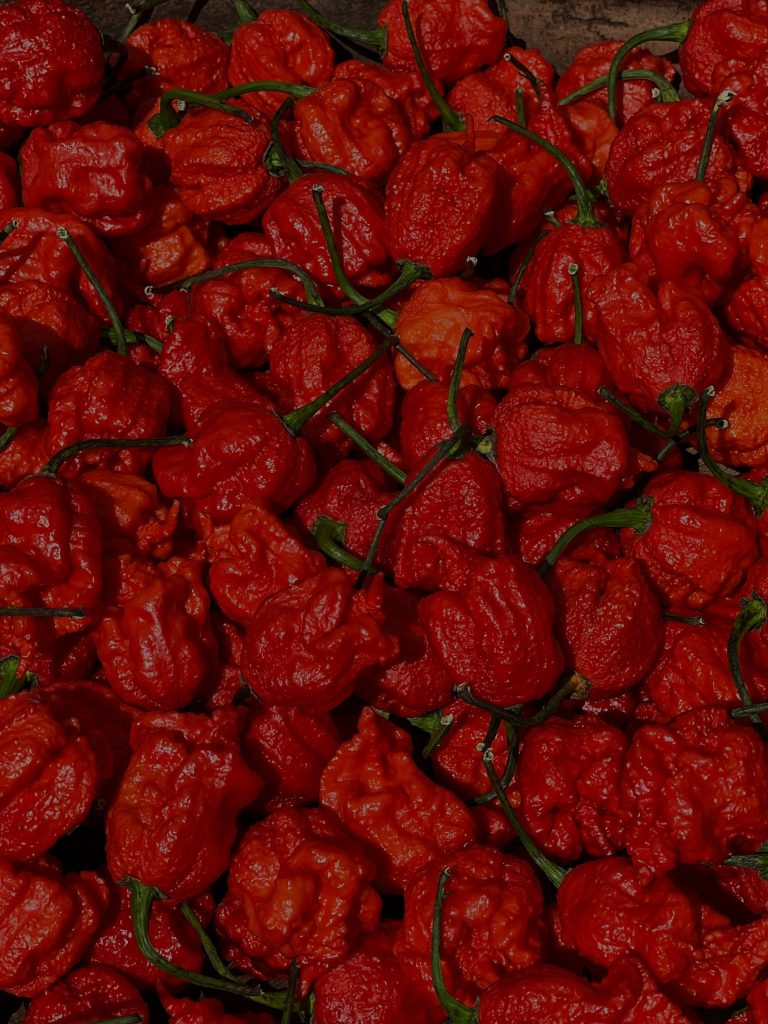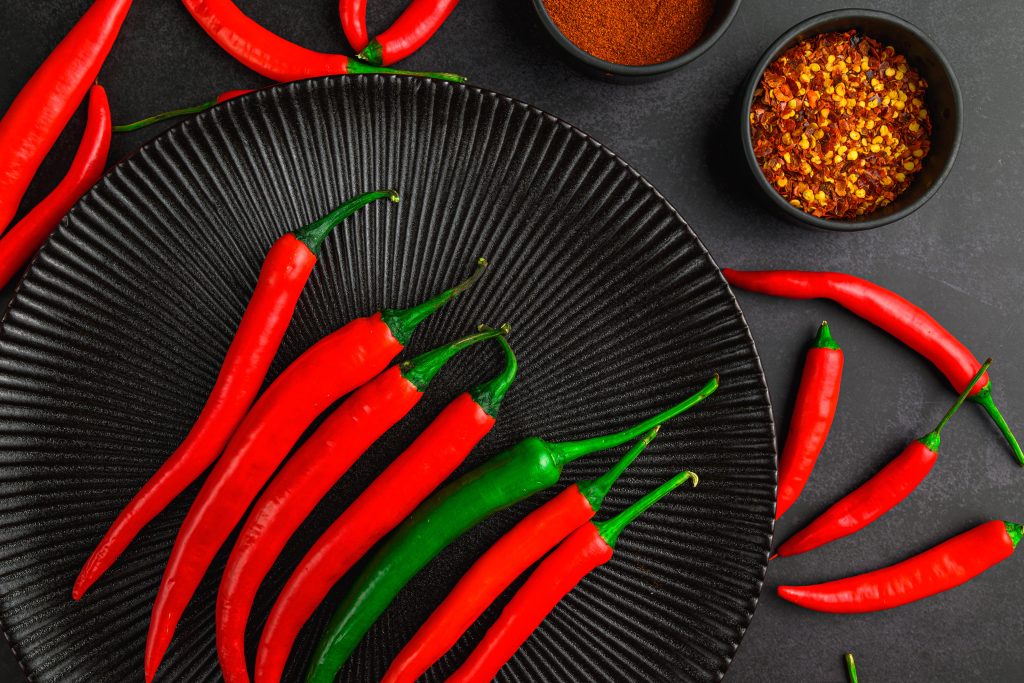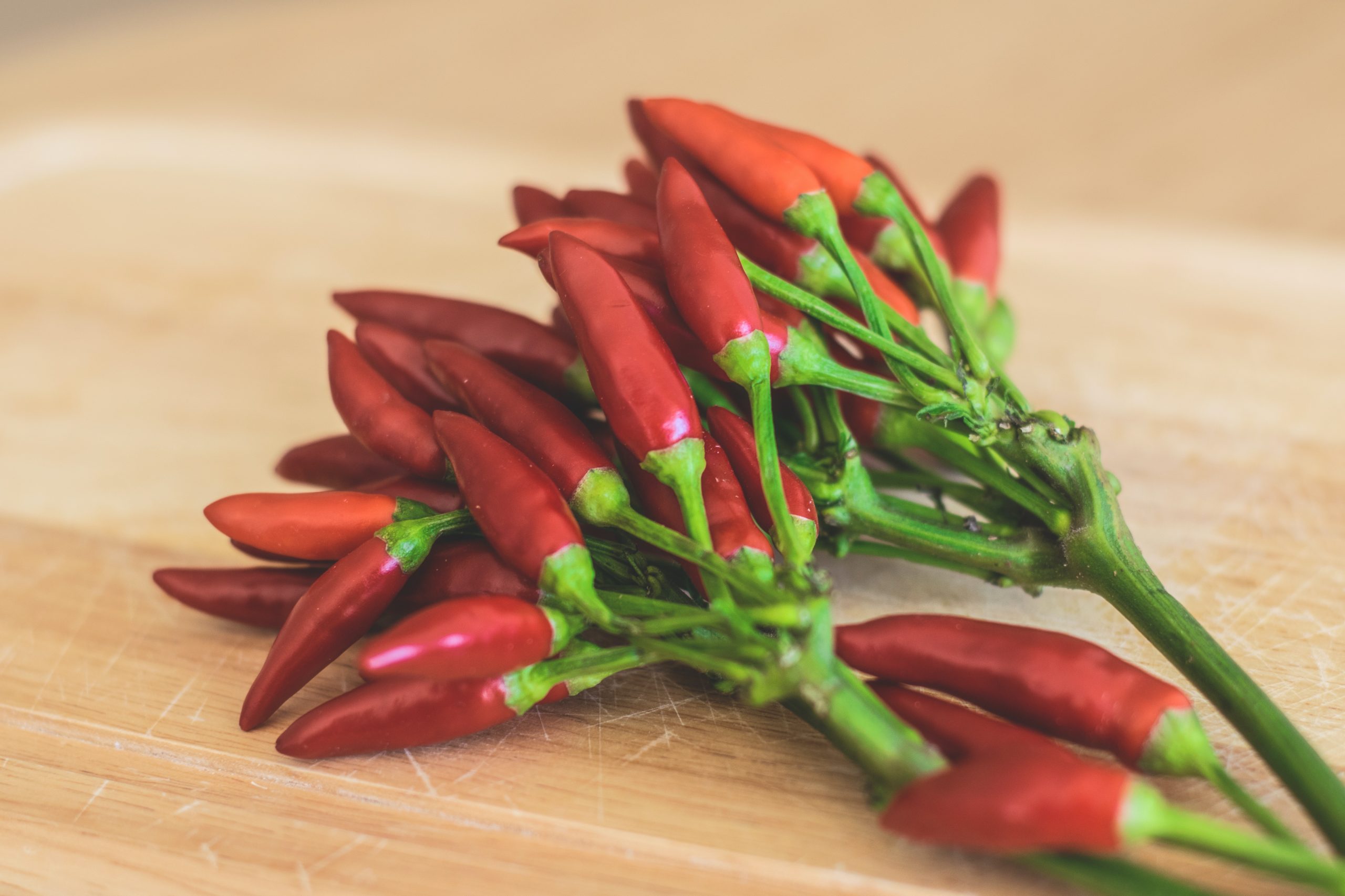Growing chillies can be a fun and rewarding experience, whether you’re an experienced gardener or just starting out. Here are some steps to follow to grow your own chillies:
- Choose the right variety of chilli: There are many different varieties of chilli peppers, ranging from mild to extremely hot. Choose a variety that suits your taste and level of experience. Some popular varieties include jalapeño, habanero, cayenne, and Thai bird’s eye chillies.
- Start from seed or seedling: You can start your chilli plants from seeds or seedlings. If starting from seed, sow them indoors in pots or trays about 8-10 weeks before the last expected frost in your area. If using seedlings, purchase them from a garden center or nursery.
- Provide proper growing conditions: Chillies require plenty of sunlight, ideally at least 6 hours a day. They also need well-draining soil that is rich in organic matter. Water your chilli plants regularly, but be careful not to overwater them, as this can lead to root rot.
- Fertilize regularly: Use a balanced fertilizer once a month to ensure your chilli plants are getting the nutrients they need to grow strong and healthy.
- Prune and support your plants: As your chilli plants grow, you may need to prune them to encourage bushier growth and more fruit production. You can also support your plants with stakes or cages to keep them upright.
- Harvest your chillies: Depending on the variety, your chillies should be ready to harvest within 60-90 days. Pick them when they are fully ripe, but be careful not to damage the plant or the remaining fruit.
With these tips, you should be well on your way to growing your own delicious chillies!
How many varieties of chillies are there in the world?

It is difficult to provide an exact number of chilli pepper varieties as there are many different cultivars and hybrids, and new varieties are constantly being developed. However, it is estimated that there are over 400 different types of chillies in the world. These include popular varieties like jalapeño, habanero, serrano, cayenne, Thai bird’s eye, and many more. Each variety has its unique characteristics in terms of heat level, flavor, shape, size, and color. Some varieties are more commonly found in certain regions or countries, while others are grown and enjoyed worldwide.
he spiciness of a chilli pepper is measured in Scoville Heat Units (SHUs), which indicates the concentration of capsaicin, the chemical compound responsible for the heat sensation. The higher the SHU value, the spicier the chilli pepper.
There are many varieties of chilli peppers, and the spiciness can vary widely depending on the specific variety and growing conditions. However, some of the hottest and spiciest chillies in the world include:

- Carolina Reaper – This chilli pepper has an average SHU value of 1.5 million and was recognized as the world’s hottest chilli by the Guinness World Records in 2013.
- Trinidad Moruga Scorpion – This chilli pepper has an average SHU value of 1.2 million and was recognized as the world’s hottest chilli by the Guinness World Records in 2012.
- Ghost Pepper (Bhut Jolokia) – This chilli pepper has an average SHU value of around 1 million.
- 7 Pot Douglah – This chilli pepper has an average SHU value of around 1 million and is considered one of the spiciest chillies in the world.
It’s worth noting that these chillies are extremely hot and should be handled with caution. If you’re new to spicy food, it’s best to start with milder varieties and work your way up to hotter ones.
Why Chilies are spicy?



Chilies are spicy due to the presence of a compound called capsaicin, which is found in the membranes of the chili pepper. Capsaicin triggers the same pain receptors in your mouth and throat that are activated when you are exposed to heat, causing a sensation of burning or heat.
Capsaicin is actually a defense mechanism for chili peppers, as it deters animals from eating them by causing discomfort or pain. However, humans have come to enjoy the spicy sensation that capsaicin produces and have incorporated chili peppers into many cuisines around the world.
The spiciness of a chili pepper can vary depending on factors such as the type of pepper, the level of ripeness, and the way it is prepared. The Scoville scale is a measurement of the spiciness of chili peppers, with higher scores indicating a higher level of capsaicin.

